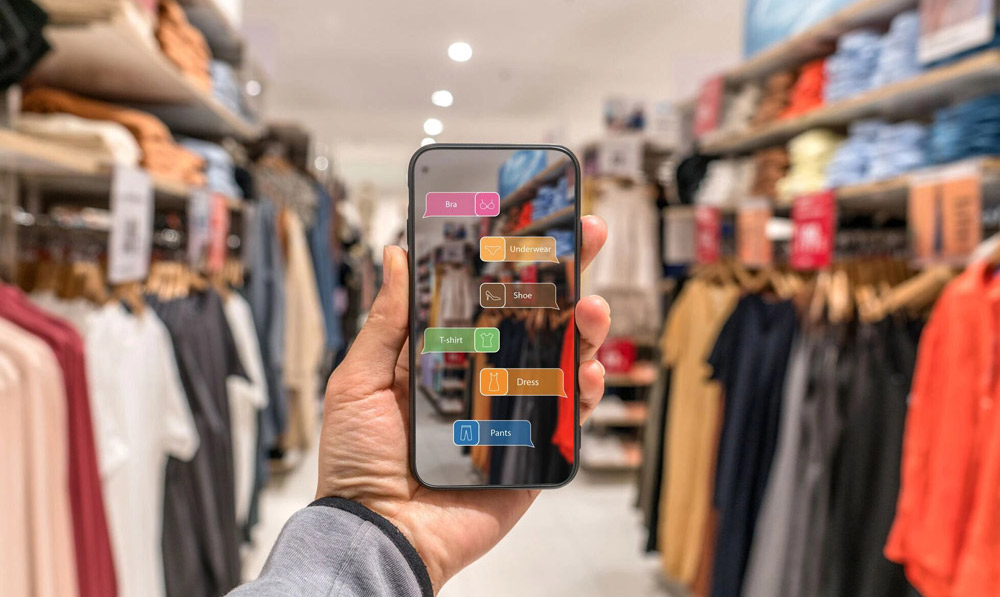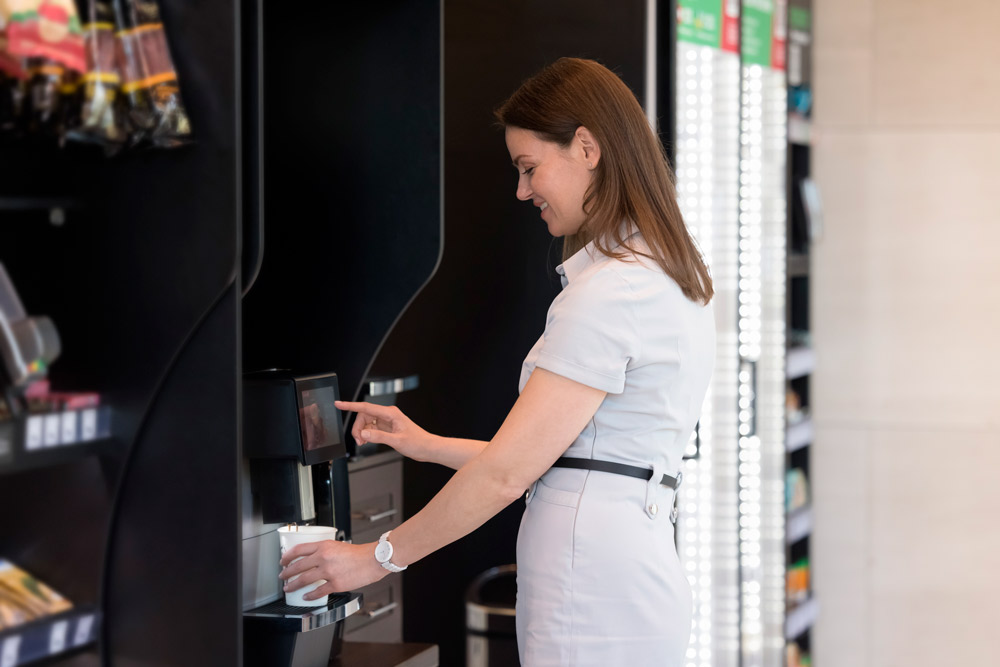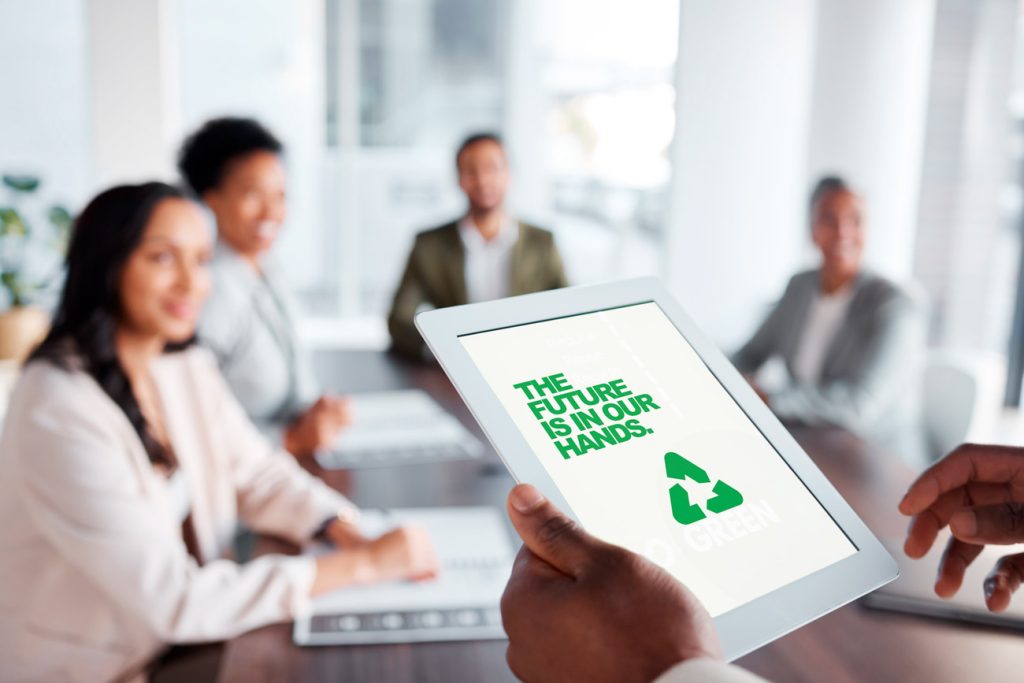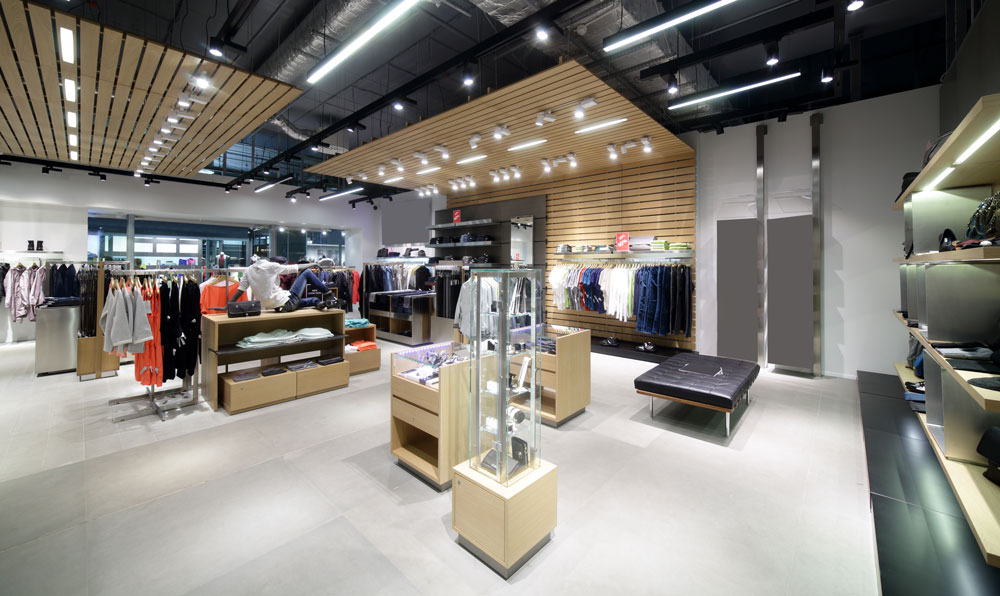
Companies today have more channels of interaction with their customers than ever before. Traditional ones, such as physical stores, have been joined by digital ones, such as apps, social networks, and online sales. The challenge now is to bring them all together. Their integration into a single system is the goal of omnichannel, a strategy, increasingly in vogue, that allows the consumer to move seamlessly from one channel to another during the buying process and obtain the most satisfactory experience possible.
Óscar Katime, partner in charge of Innovation at the EY consulting firm, lists its benefits: “With omnichannel, a better service is provided, and this will enhance market positioning; which, in turn, will make the company more accessible, closer, transparent and friendly. An increase in the number of transactions, therefore, will be the consequence.” In addition, brands will gain valuable insights into their customers’ habits through this integration.
The opportunities for organizations to drive this strategy are multiplying in the face of the rise of the hybrid consumer, who combines traditional and digital shopping. “In 2020, 52% of citizens said they go to the physical channel and the internet interchangeably, but in the future, this percentage is expected to be 78%,” says the president of the Spanish Confederation of Commerce (CEC), Pedro Campo, referring to the conclusions of the organization’s last congress.
The physical store represents the traditional place where companies offer their products and services and carry out transactions. Still, few businesses today can do without digital channels, which multiply the opportunities to interact with the consumer. Victoria Labajo, professor of Commercial and Retail Management at Universidad Pontificia Comillas ICAI-ICADE, mentions the most common: “Websites [which have virtual mailboxes and chatbots], commerce through mobile devices, sales platforms and applications, social networks and marketplaces such as Amazon or eBay. In addition to product aggregators [sites that compare different brands of the same type of product, such as ShopAlike] and promotional flash sale platforms [that offer discounts for a limited period of time].”
If managing several of these channels at once is defined as multichannel, omnichannel is merging all of them into a single system. In this way, “they are presented perfectly integrated into the same shopping experience, or some of them are combined at different points in the process,” explains Labajo. For example, “in the physical store, digital touchpoints can be incorporated: tablets to check stock or for customers to consult the catalog or search for product information, as well as augmented reality applications, such as virtual fitting rooms, among others,” the professor describes.
For Luis Soler, Consulting Partner at Deloitte, a clear example of an omnichannel business model is “the restaurant with its own website, which takes orders by phone, has a presence on home delivery platforms and, of course, has tables on its premises.” Consumers thus have multiple ways to make reservations and orders and get helpful information about the business.
Communication with the customer by all possible means
Communication is a key factor in omnichannel. When referring to it, the director responsible for Digital Business at KPMG in Spain, Benjamin Evans, mentions several essential actions that are part of its digital aspect: “Display advertising [ads that combine images and text, and that are shown on the top or side of pages in the form of banners, in Spanish, pancartas], search engine marketing [search engine ads, SEM for its acronym in English], email campaigns, push messages on the cell phone [those that arrive from an application, even if it is not being used at the time] and social networks, among others.” Likewise, the typical traditional channels for developing a communications campaign are print, outdoor ads, radio, and television, he adds.
A combination of both worlds that this expert brings up is the gradual transformation of a medium like television into something more personalized and interactive thanks to Smart TV (connected TV). “Increasingly, users will see ads on the screen that will lead to a landing page [a web page accessed from a link] by pressing a button on the remote control,” Evans predicts.
In any case, what must be taken into account, stresses Erik Rigola, digital strategy specialist at the consultancy RocaSalvatella, in the Banco Sabadell Podcast “Simple ways to sell online,” is that “there are not only digital or only physical consumers, but omnichannel consumers, so it is not so important the channel through which the customer acquires the product but the shopping experience that is provided.”
https://www.ivoox.com/player_ej_72344830_4_1.html?c1=006dff
For Evans, the center of the strategy will always be the user. “And you have to accompany them throughout the buying process to make it easier for them to get to know the product, the brand, or the company, but especially to make them feel the most important thing,” he adds.
Inditex represents one of those cases in which omnichannel is a success, Labajo believes. “Despite having arrived at e-commerce later than some of its competitors, this firm is committed to integrating digital and traditional, and it has achieved this by favoring the generation of traffic to physical stores from its online channels by prioritizing the collection of orders in its stores. And all of this is supported by the application of the latest technologies in logistics, radio frequency control [for stock registration] and augmented reality.”
A useful strategy for any company
Experts agree that the size of the company does not matter when it comes to implementing omnichannel. “In fact, it will be easier to implement it in a small and medium-sized enterprise (SME) or a start-up, since it will not have all those layers of bureaucracy, processes, and policies typical of large companies that make it difficult to redesign the customer’s shopping experience so that it can jump nimbly from channel to channel,” says Katime, a partner at EY.
This expert believes that few companies focus correctly on this strategy, whose objective should be to eliminate frictions and barriers that the customer may encounter. “If the driving force behind implementing it in the company is only to sell more, it is implicitly saying that it doesn’t matter what the consumer thinks, and this is what unfortunately happens on many occasions,” he stresses. The increase in sales, far from being the ultimate goal, is just one more benefit that comes as a result of its correct application.
The omnichannel in small commerce
The adoption of this strategy is an excellent challenge for all types of businesses. According to Deloitte’s Soler, its implementation requires learning how to efficiently exploit the data provided by the channels to make decisions, adapting and making the supply chain more flexible, innovating in customer interaction, and training personnel.
Faced with the onset of the pandemic, retail, however, has had to make a virtue out of necessity. “During the strict confinement, many entrepreneurs launched sales through websites and social networks, implemented new forms of payment such as Bizum, sold directly through WhatsApp, or increased their presence on platforms such as Instagram, making live broadcasts with their customers,” Campo points out.
“Now it’s time to analyze these tools, which are quite widely used in companies, especially to deal with queries and gain visibility,” admits the president of the CEC. However, “the purchasing process usually ends in the physical store,” emphasizes the expert, for whom this is the essence of this type of business. For this reason, retailers advocate an omnichannel system in which the traditional and digital channels complement and enhance each other without one replacing the other.
Original source: El pais.com













